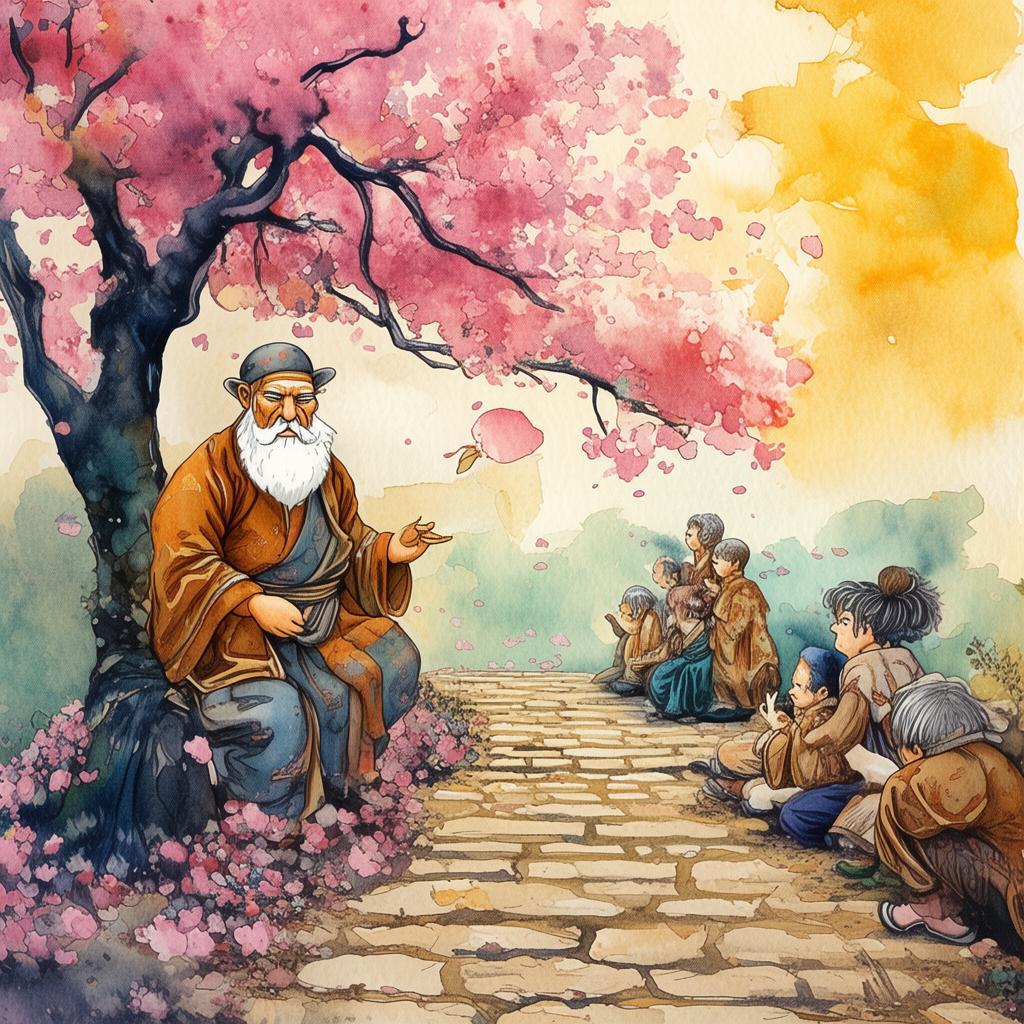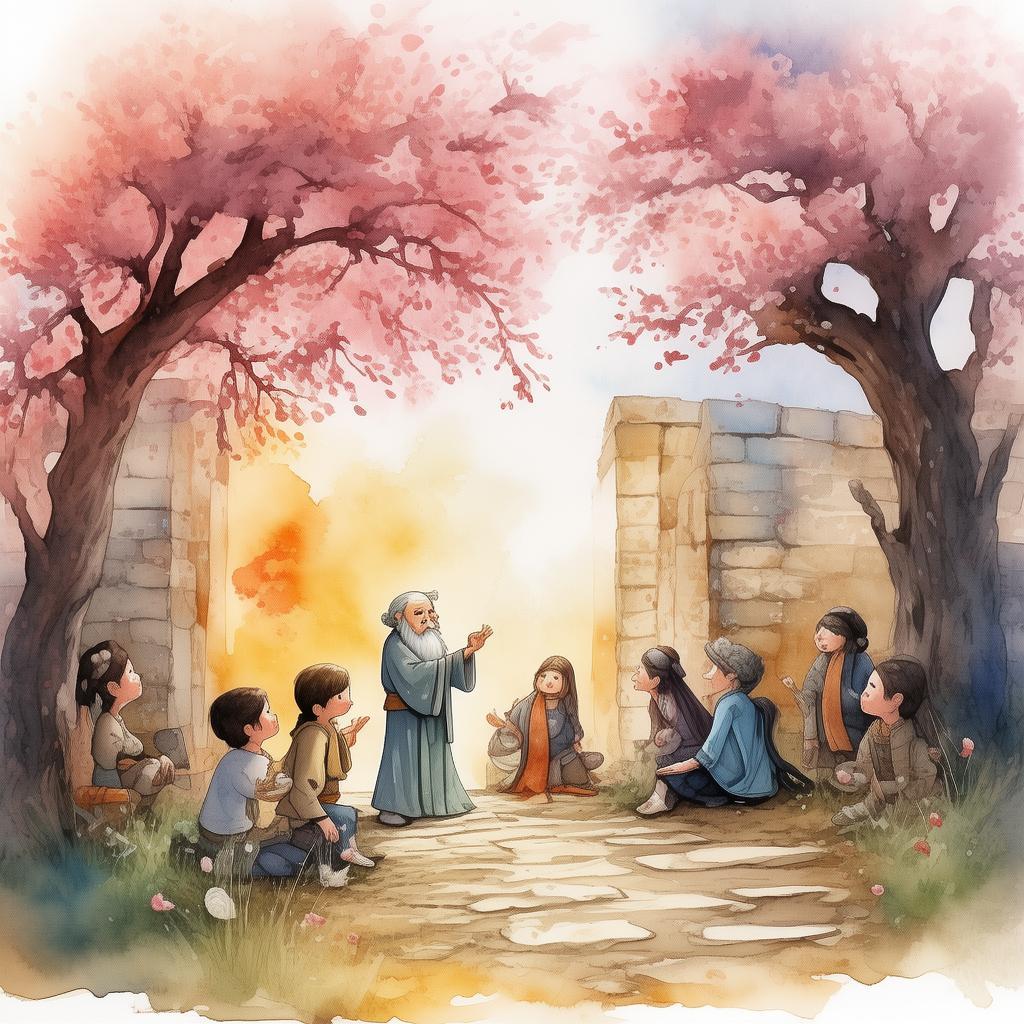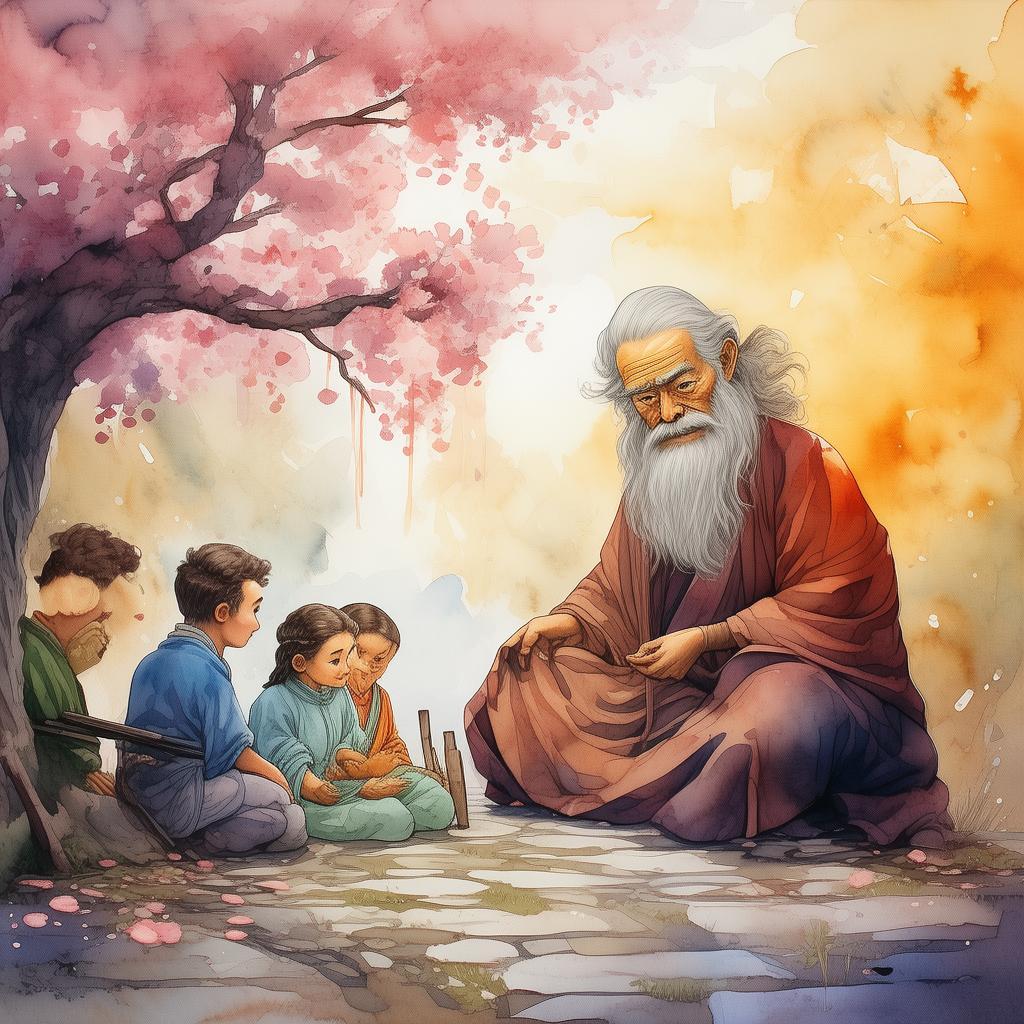The Tiger's Dance: A Dance Master's Rivalry
In the ancient city of Ling, where the air was thick with the scent of incense and the sound of traditional music, there lived two dance masters, Feng and Luo. They were known far and wide for their unparalleled skill and artistry, each with their own unique style that captivated the hearts of the audience.
Feng was the master of grace and elegance, his movements fluid and poetic, as if he were a living painting. Luo, on the other hand, was the master of power and intensity, his dance a whirlwind of passion and emotion that left spectators breathless.
The rivalry between Feng and Luo was the stuff of legend. It began when they were young and naive, both dreaming of becoming the greatest dance master in the land. Over the years, their rivalry had only grown more intense, each striving to outdo the other in every performance.
The most anticipated event of the year was the annual Tiger's Dance competition, a dance that required not only skill but also a deep understanding of the tiger's nature and spirit. The winner of the competition would be declared the ultimate dance master, and their name would be etched in the annals of history.
The year of the great competition arrived, and the city buzzed with excitement. Both Feng and Luo had been preparing for this moment for years, their hearts filled with a mix of anticipation and dread.
Feng, with his graceful and refined style, chose to represent the tiger's elegance and grace. He danced with a fluidity that seemed to defy the laws of physics, his movements so precise and controlled that they were almost mesmerizing.
Luo, however, had a different vision. He sought to capture the raw power and ferocity of the tiger, his dance a wild and untamed force that seemed to draw energy from the very earth itself.
The night of the competition arrived, and the great hall was filled with the most influential figures in the city. The atmosphere was electric, as the crowd awaited the performances that would determine the fate of the dance world.

First, it was Feng's turn. He stepped onto the stage, and the music began to play. The crowd watched in awe as Feng transformed into the tiger, his movements becoming more and more fluid, more and more powerful. The tiger's eyes glowed with a fierce light, and the crowd was held spellbound.
As Feng's dance reached its climax, he performed a series of intricate steps that seemed impossible. The crowd erupted in applause, and it was clear that Feng had once again captured the hearts of the audience.
Next, it was Luo's turn. The music changed, and the crowd held its breath. Luo stepped onto the stage, and the air seemed to crackle with energy. His dance was a whirlwind of motion, a storm of emotion that left the audience reeling.
Luo's tiger was not a graceful creature, but a fierce and untamed beast. The crowd watched, their eyes wide with shock and awe as Luo danced with a raw intensity that was both beautiful and terrifying.
The competition was a draw, and the judges were divided. The crowd was equally split, some cheering for Feng's grace, others for Luo's power.
The tension in the room was palpable as the judges deliberated. Finally, they announced their decision. Luo had won the competition, but not without controversy. Some believed that Luo's style was too intense, too raw, and that it did not truly represent the spirit of the tiger.
Feng, though disappointed, accepted the decision with grace. He knew that Luo's dance was a testament to his own artistry, and that the true winner was the dance itself.
In the days that followed, the city was abuzz with talk of the competition. People debated the merits of each dance master's style, and the rivalry between Feng and Luo only grew more intense.
But as the years passed, the true legacy of the Tiger's Dance competition was not the victory of one over the other, but the inspiration it provided to dancers around the world. Feng and Luo, though they remained rivals, had both pushed the boundaries of dance, each in their own way, and had left an indelible mark on the art form.
The Tiger's Dance had become more than just a competition; it had become a symbol of the endless pursuit of perfection, the relentless drive to push the limits of one's abilities, and the belief that artistry can transcend all boundaries.
And so, the dance master's rivalry continued, not in the form of competition, but as a testament to the enduring power of art and the human spirit.
✨ Original Statement ✨
All articles published on this website (including but not limited to text, images, videos, and other content) are original or authorized for reposting and are protected by relevant laws. Without the explicit written permission of this website, no individual or organization may copy, modify, repost, or use the content for commercial purposes.
If you need to quote or cooperate, please contact this site for authorization. We reserve the right to pursue legal responsibility for any unauthorized use.
Hereby declared.









